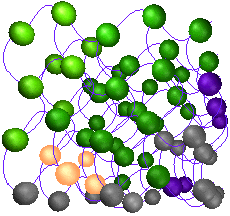 |
 |
|
|
|
On May 19, 2003: Eric Lundquist, Editor-in-Chief of eWeek, recognized that IBM's On-Demand Computing, HP's Adaptive Enterprise, and Sun's N1 are all movements towards Computing Fabrics as we first predicted them in 1998.
On
January 7, 2002:
eWeek called our 1998 Computing Fabrics Cover Story "Prescient"
and declared The Grid, a subset of Computing Fabrics, "The Next
Big Thing".



